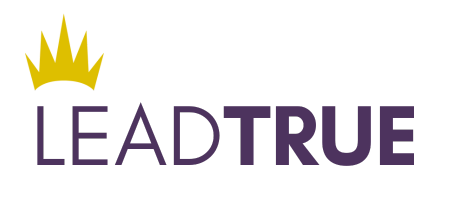How to Lead in a Multi-Generational Workplace
by Becky Thomas
Whether you work for a small, newly formed startup or a large, well established organization, you are likely part of a multi-generational workplace. With more workers delaying retirement and students joining the workforce sooner, this decade, now more than ever, finds companies navigating a workplace with ages ranging from 16 to 80, including as many as five distinct generations of workers. In the USA these age bands include the Traditionalists, or Veterans, born before 1945, the Baby Boomers born between 1946 and 1964, Generation X’ers born between 1965 and 1980, the Millennials, or Generation Y, born after 1980, and just now starting to join the workforce, Generation Z, those who are 16 and under. Of course, not everyone who falls within the categories shares the same generalizations, although overall, each group has been shaped by global events of their times, influencing their values, objectives, and needs.
Across cultures, this notion of a multi-generational dynamic can create stress within the workplace, where both employees and leaders are not quite sure how to leverage strengths while integrating these differences and creating something unique and positive for the organization.
All too familiar are the generalizations made of each category. Younger generations are said to be entitled, tech obsessed, and hungry for innovation without any respect for tried and true business practices. Older workers are stuck in the past, afraid of technology, and scared of change. The Millennials or Generation Y, who watched their parents work hard while keeping long hours, might sacrifice compensation or company loyalty, seeking a better work/life balance, valuing a flexible schedule and the ability to work and conduct meetings remotely. Baby Boomers are generally seen as workaholics, expecting the same dedication and sense of company loyalty from their peers, favoring in person communication, and traditional learning. Generations born before the Baby Boomers are often excluded from meaningful engagement entirely, with the thinking that they are just biding their time until they ultimately leave the workforce.
How do we move beyond stereotypes to better understand the motivations and desires driving each group? We get curious and seek to understand how our differences actually make us better. There are many factors that come into play, including socioeconomic, evolving family dynamics, and popular culture, which show us that our differences can be our greatest strength when we learn to be inclusive. Often, a lack of understanding and making assumptions highlight the stereotypes, causing unneeded conflict where leadership spends too much time trying to quell dissension or attempts to force groups into behaving differently.
Lead True believes we can effectively navigate this new environment and leverage these differences, taking advantage of them in a way that enhances culture and builds bridges between each group. Start by looking for the common ground present in each generation and grow our understanding of individual needs to help employers and foster a true sense of an integrated culture company wide.

